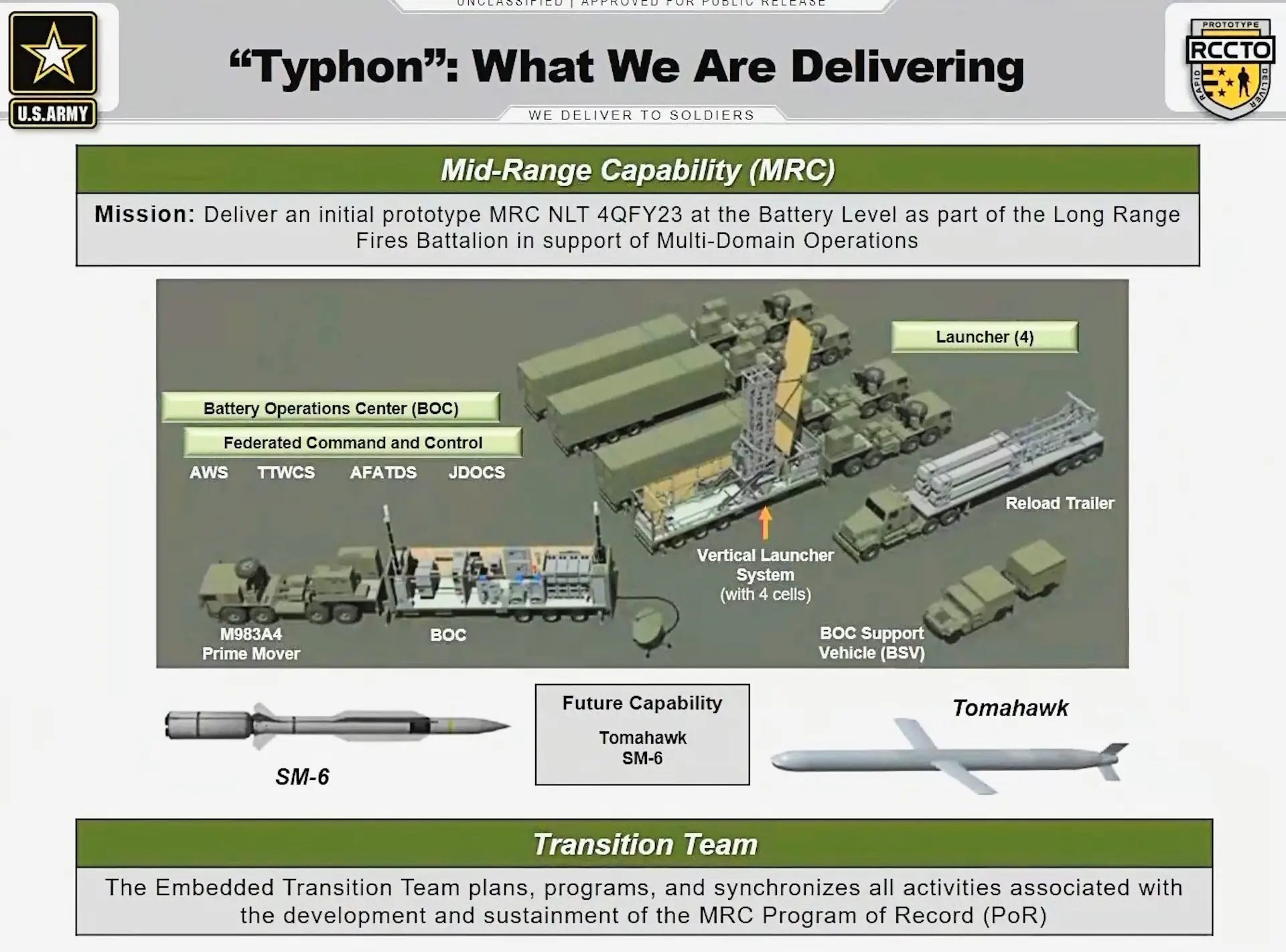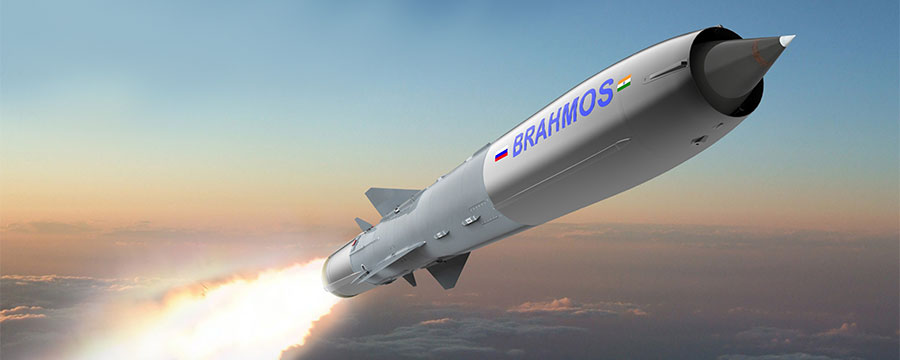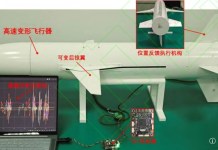The Philippines is pursuing the acquisition of the US-made Typhon missile launcher as part of a broader strategy to bolster its external defense capabilities.
General Romeo Brawner Jr., the country’s military chief, announced on August 29 that the Philippines aims to procure the Mid-Range Capability (MRC) missile system, commonly known as Typhon. This move is intended to enhance the nation’s defense arsenal with the latest advanced weaponry.
During a press conference following a high-level defense meeting, Brawner noted the importance of integrating modern missile systems into the country’s defense strategy.
“Part of that advancement is trying to get in the latest weapons systems that are out there, enough for us to develop the intended effect,” he stated. “So one of the modern weapons are, of course, the missile systems.”
Brawner mentioned that the military is beginning to train for MRC operations, preparing for the possibility that the country might choose to acquire such a missile system.

The US Army temporarily deployed a Typhon launcher in Northern Luzon in April as part of a joint training exercise with Philippine troops. The system has remained stationed in the region to help Philippine forces become familiar with its operations. However, the Typhon is scheduled to be removed from the Philippines by September.
Meanwhile, the US deployment sparked strong reactions from Beijing. China has voiced strong objections to the presence of the Typhon missile system in the Philippines.
Chinese Defence Minister Dong Jun condemned the deployment as a “real threat to regional security” during a meeting with US Secretary of Defence Lloyd Austin at the Shangri-La Dialogue in Singapore.
The deployment has also drawn Russia’s ire. In July, Russian President Vladimir Putin announced that Russia would resume production of intermediate—and shorter-range nuclear-capable missiles, citing the US’s deployment of the MRC system to the Philippines as a factor in this decision.
This move highlights the growing tensions surrounding missile technology, especially following the expiration of the 2019 treaty between the US and Russia that banned certain ranges of land-based ballistic and cruise missiles.
Typhon Missile System Would Complement BrahMos
The Typhon missile system is a land-based, ground-launched platform designed to fire both the Standard Missile 6 (SM-6) and the Tomahawk Land Attack Missile.
The SM-6 has a range of over 240 kilometers (150 miles), while the Tomahawk can reach up to 2,500 kilometers (1,550 miles). This extended range means the Typhon can cover significant areas, including the South China Sea and the Taiwan Strait, placing crucial regional targets within its reach.
Adding the Typhon to the Philippines’ military capabilities could significantly enhance the country’s deterrence efforts. The proposed acquisition aligns with Manila’s ongoing strategy to improve its military capabilities amid boiling tensions with China.
Currently, the Philippines’ missile arsenal includes BrahMos, a medium-range supersonic cruise missile. In April, the country received its first batch of BrahMos missiles from India under a US$375 million deal finalized in 2022.
The BrahMos missiles, capable of reaching speeds of Mach 2.8—approximately three times the speed of sound—boast a range of 290 to 400 kilometers. This advanced missile system is seen as a critical asset for strengthening the Philippines’ defense posture against China.

General Romeo Brawner Jr. had previously proposed the establishment of a dedicated unit within the Philippine Army to handle the BrahMos missiles and ensure their maintenance and operational readiness.
Sherwin Ona, a political science professor at De La Salle University in Manila and a former navy officer, remarked, “With our Brahmos missile batteries, these systems can be part of our territorial defense network. Along with the planned acquisition of multi-role fighter jets and submarines, the Typhon can be a game changer and a significant boost to the country’s deterrence posture.”
However, it remains uncertain whether the US will approve the sale of the Typhon missile system to the Philippines. Stringent US regulations governing the export of advanced military technology could complicate the acquisition.
Washington may be cautious about selling such sophisticated systems to avoid perceptions of direct involvement in regional conflicts, especially given the potential for escalating tensions.
Furthermore, acquiring the Typhon could contribute to an arms race in the Indo-Pacific region, already influenced by China’s increasing military expenditure and the deployment of cutting-edge weaponry.
Another potential obstacle is the Philippines’ internal political dynamics. The country’s foreign policy direction might be affected by the ongoing rivalry between President Ferdinand Marcos Jr. and Vice President Sara Duterte.
The Duterte family’s known pro-Beijing stance raises uncertainties about the future direction of the country’s foreign policy, which could impact the feasibility of the Typhon acquisition.
- Contact the author at ashishmichel(at)gmail.com
- Follow EurAsian Times on Google News




